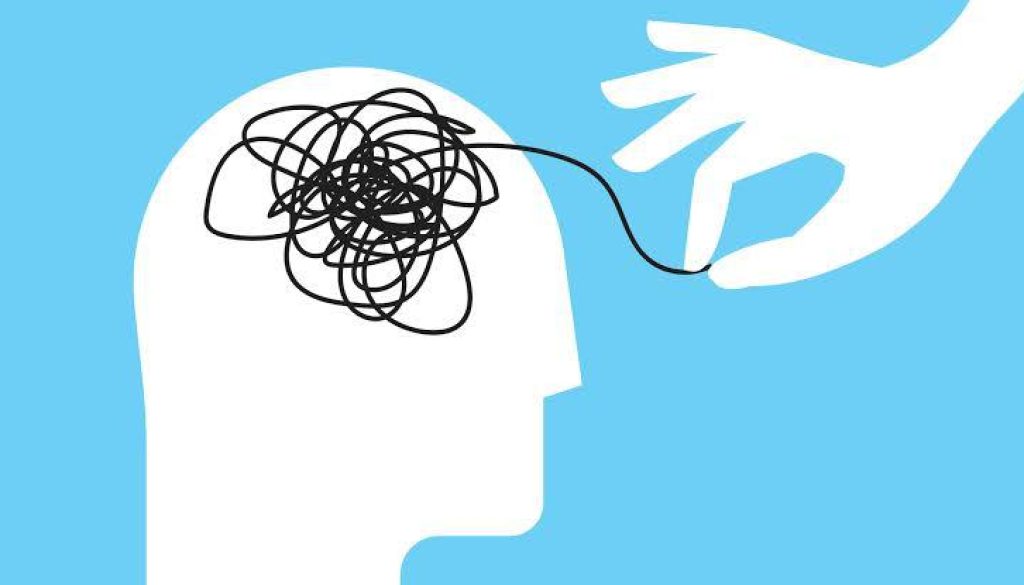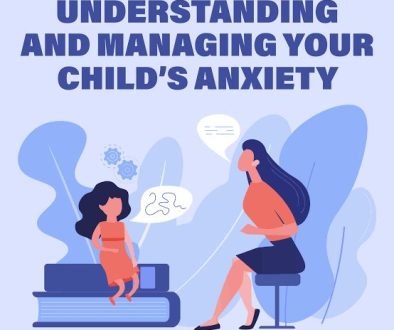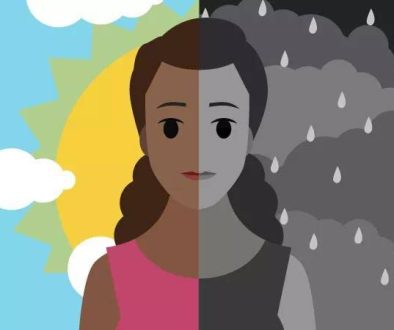Panic disorder
Panic disorder is an anxiety disorder characterized by recurrent, unexpected panic attacks that occur without an apparent cause. These attacks are intense periods of fear or discomfort that may last several minutes, causing physical and psychological symptoms that can feel overwhelming. Panic disorder can significantly affect daily life, as individuals often develop a fear of future attacks, leading to avoidance of situations where attacks have occurred before. Effective treatments can help individuals manage symptoms and regain control over their lives.
Understanding Panic Disorder
Panic disorder typically develops in late adolescence or early adulthood, though it can affect individuals at any age. It often appears unexpectedly, without a clear trigger, and involves a series of recurring panic attacks. A panic attack is a sudden onset of intense fear or discomfort accompanied by physical symptoms such as a racing heart, shortness of breath, dizziness, or chest pain.
For those with panic disorder, the fear of experiencing future attacks can be just as distressing as the attacks themselves. Many individuals develop avoidance behaviors to prevent the possibility of having an attack, which can interfere with normal activities and social interactions.
Symptoms of Panic Disorder
Panic attacks, the main symptom of panic disorder, involve a combination of physical and emotional symptoms. These episodes typically reach peak intensity within minutes and can include:
– Accelerated heart rate or palpitations
– Sweating, trembling, or shaking
– Shortness of breath or sensations of choking
– Chest pain or discomfort
– Feelings of dizziness, lightheadedness, or faintness
– Nausea or abdominal distress
– Chills or hot flashes
– Numbness or tingling sensations
– Feelings of unreality or detachment from oneself
– Fear of losing control or “going crazy”
– Fear of dying
The symptoms of a panic attack are often mistaken for a heart attack or other medical emergency, leading many individuals to seek emergency medical care. After experiencing a panic attack, people with panic disorder may begin to worry about having future attacks, often leading to a pattern of avoidance and withdrawal.
Diagnosis of Panic Disorder
Panic disorder is diagnosed through a combination of clinical interviews and assessments. A healthcare provider will consider the frequency, duration, and severity of panic attacks, as well as any underlying medical conditions that could explain the symptoms. For a diagnosis of panic disorder, the individual must experience recurrent and unexpected panic attacks, followed by at least one month of persistent concern about additional attacks or changes in behavior related to avoiding attacks.
In some cases, medical tests may be conducted to rule out other conditions with similar symptoms, such as thyroid disorders, cardiovascular issues, or respiratory problems. Diagnosing panic disorder accurately is essential, as the symptoms can overlap with other mental health and physical conditions.
Causes and Risk Factors
The exact causes of panic disorder are not fully understood, but a combination of genetic, biological, psychological, and environmental factors is believed to play a role. Some of the primary contributing factors include:
– Genetics: Panic disorder tends to run in families, suggesting a genetic component. Individuals with close relatives who have panic disorder or other anxiety disorders may be at higher risk.
– Neurotransmitter imbalance: Imbalances in brain chemicals, such as serotonin and gamma-aminobutyric acid (GABA), may contribute to heightened anxiety and the onset of panic attacks.
– Stress and trauma: Significant life stressors, traumatic events, or major life changes can trigger the onset of panic disorder. Many people experience their first panic attack during a stressful period.
– Temperament: Certain personality traits, such as a tendency toward anxiety, sensitivity to stress, or a predisposition to negative emotions, may increase the risk of developing panic disorder.
Treatment and Management of Panic Disorder
While panic disorder can be distressing, effective treatments are available to help manage symptoms and reduce the frequency and intensity of panic attacks. The main treatment options include:
– Psychotherapy: Cognitive-behavioral therapy (CBT) is the most effective therapeutic approach for panic disorder. CBT helps individuals identify and change negative thought patterns and behaviors associated with panic attacks. Exposure therapy, a component of CBT, can also help individuals gradually face situations or sensations that trigger panic, reducing fear and avoidance behaviors.
– Medication: Certain medications, such as selective serotonin reuptake inhibitors (SSRIs), are commonly prescribed to help manage panic disorder symptoms. Benzodiazepines may also be used for short-term relief during acute panic attacks, though they are generally not recommended for long-term use.
– Relaxation techniques: Mindfulness, deep breathing exercises, and progressive muscle relaxation can help individuals manage stress and reduce physical symptoms of anxiety. These techniques are especially helpful when practiced regularly.
– Support groups: Connecting with others who experience panic disorder can provide social support, reduce feelings of isolation, and offer coping strategies.
Living with Panic Disorder
Panic disorder can affect many aspects of daily life, including work, relationships, and social activities. Many individuals with panic disorder begin to avoid situations where they fear a panic attack might occur, which can lead to isolation and limited participation in activities. Over time, this avoidance can reinforce fear and contribute to a cycle of anxiety.
Despite these challenges, many people with panic disorder go on to lead fulfilling lives with the help of effective treatment and coping strategies. Learning to manage stress, avoiding caffeine and other stimulants, and developing a strong support system can make a significant difference. Practicing relaxation techniques and engaging in regular physical activity can also help reduce the frequency of panic attacks.
Conclusion
Panic disorder is a challenging and often misunderstood condition, marked by sudden and intense episodes of fear that can disrupt everyday life. Early diagnosis and treatment can help individuals manage symptoms and regain a sense of control. Through therapy, medication, lifestyle changes, and support from others, people with panic disorder can learn to navigate their fears and improve their overall well-being.



